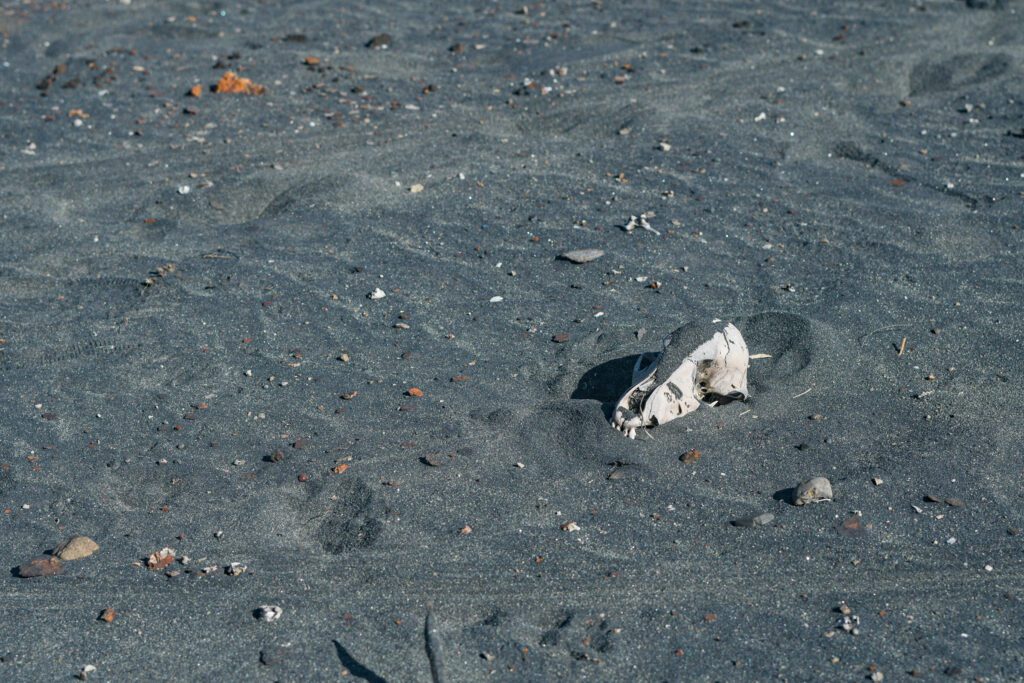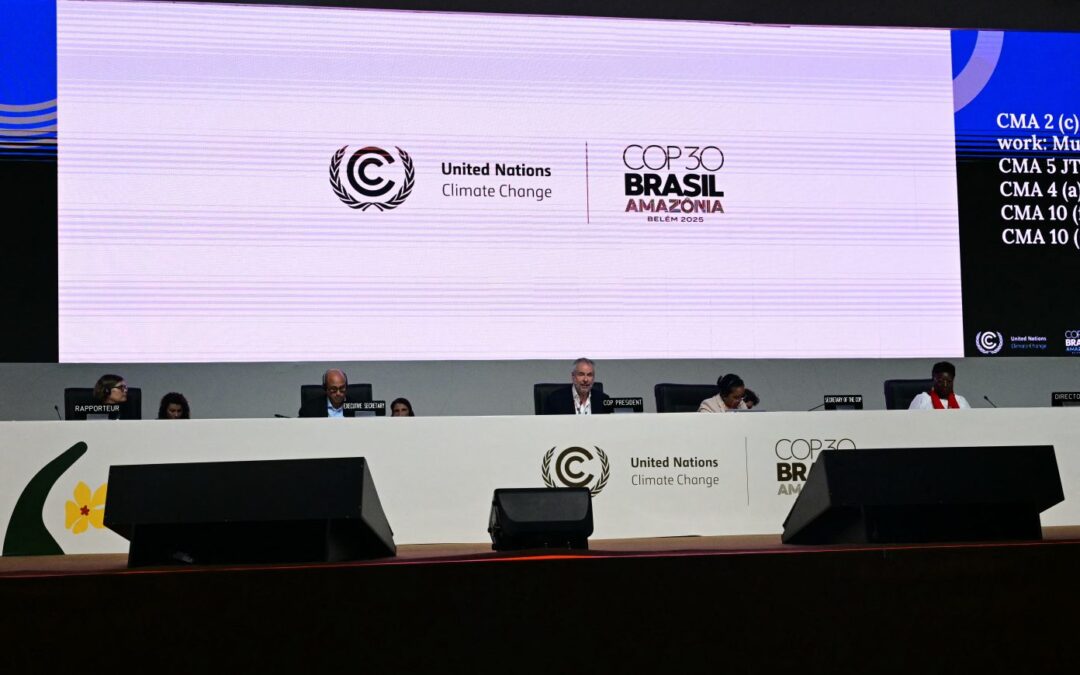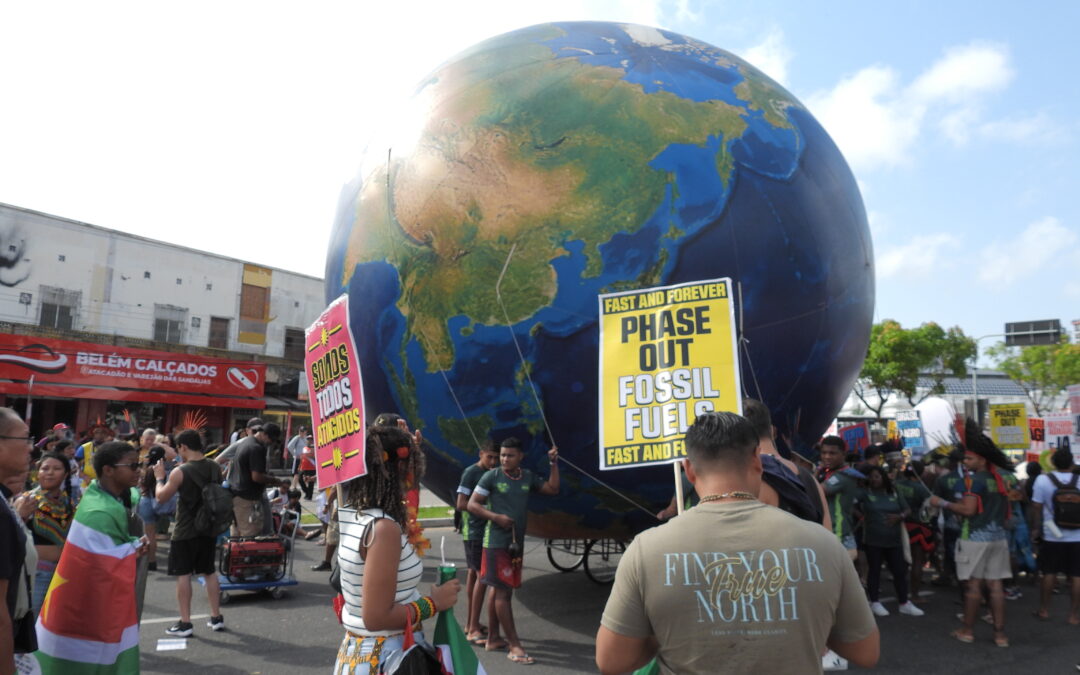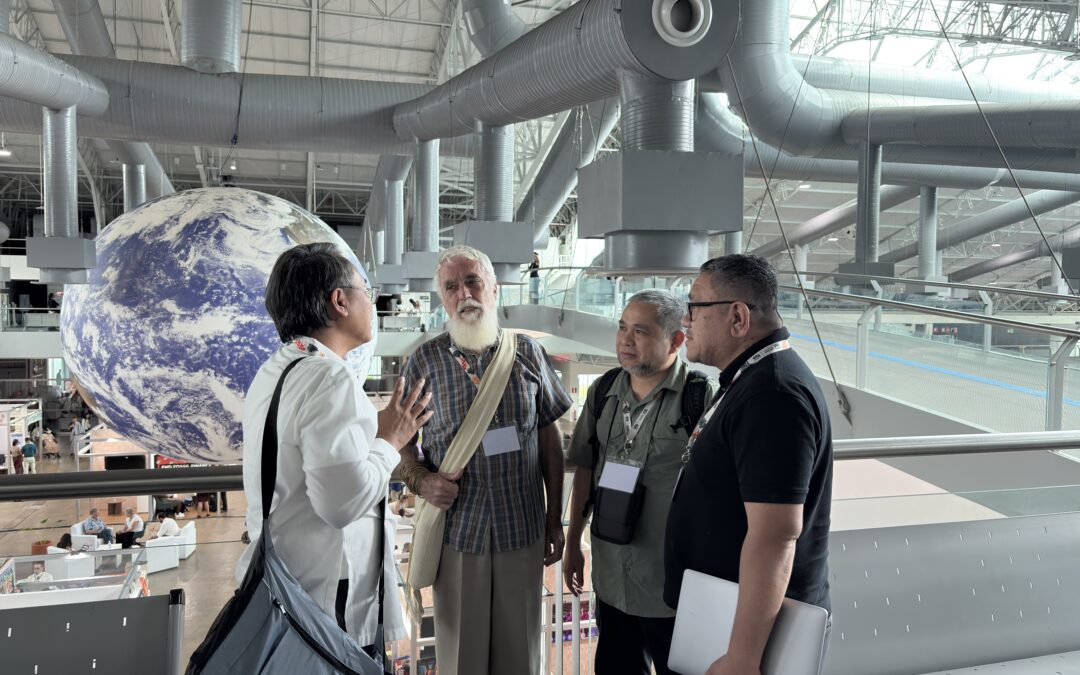In Ilocos Sur where illegal sand mining ran unabated, fisherfolk pay the price
By Karlston Lapniten, Philippine Center for Investigative Journalism
This article was produced in partnership with the Environmental Reporting Collective. Journalists from 12 countries expose how a weakly regulated industry overlooks the environmental destruction and human toll of the highly lucrative and low-risk business of sand mining.
PART 1
BAGUIO CITY – During stormy high tides, splashing waves would reach a thick rusty steel bar, which protrudes on a large block of concrete firmly planted on a portion of the beach in Sitio Namnama in Tamorong, a coastal village in Sta. Catalina town, Ilocos Sur.
The concrete block, surrounded by a rectangular outline of building ruins, is what remains of a gigantic magnetite processing plant dismantled by the government in August 2013.
Natural elements slowly decimated the abandoned building after it was ransacked by villagers over time for steel materials, which they sold to junk shops.
A little over a decade ago, this side of the once-pristine black beach was far beyond the reach of sea tides, said Catholic priest Fr. Albert Rabe, who hails from the town.
“There were even sand dunes spread across the length of the beach from San Vicente to Caoayan, which acted as (a) natural barrier against the sea. Now, they are almost all gone,” he said.
Along the beach bordering Sta. Catalina town and nearby San Vicente, kilometer-long erosions scar the coastline. They reach as high as 15 feet, exposing the soil beneath the sand.
San Vicente, Sta. Catalina, and Caoayan are located in the northwest portion of the northern Philippines, facing the West Philippine Sea. For years, illegal offshore mining for black sand or magnetite in these towns ran unabated, causing drastic changes in the landscape and lives of locals.
In 2008, residents, community, and church leaders took action, calling the attention of regulators and law enforcement agencies. But protests across the region either fell on deaf ears or protesters were red-tagged. It would take years before government agencies finally stepped in to stop the illegal activities.
With the effects of heavy sand extraction still lingering years later, residents who had to move their houses and find work elsewhere believe the action taken might have been for naught.
“If black sand mining was stopped from the instance it was noticed, it would not have resulted (in) these irreversible changes,” said Rabe.

Digging for ‘black gold’
Black sand or magnetite is also known as “black gold” because of its value. In fact, sand in general is one of the most exploited resources in the world after air and water. Some 40 to 50 billion metric tons of it are being used every year, or an average of 18 kilograms per person per day, according to a 2022 study by the United Nations Environment Programme (UNEP).
Sand is the most important solid substance that makes modern life possible, Vince Beiser says in his book The World in a Grain. It’s in the things we use every day, from the concrete that makes up most houses and buildings, glass bulbs that light our homes, the clothes and hair care products that we use, to computer screens, the chips that run them, and the cables that connect to the internet.
The demand for this resource has thus become parallel to the rise of cities and countries. For example, in a June 2021 report, research company ReportLinker found that the drive for the huge demand in magnetite was due to the Chinese government’s increasing investment in buildings and infrastructure, as well as the growth in automotive, shipbuilding, machinery, engineering, and consumer goods in the Asia-Pacific region. The global magnetite market is expected to rise to an estimated $130.8 billion (P7.273 trillion) by 2026, according to the report.

In its 2019 State of the Environment report, the Philippines’s Environmental Management Bureau (EMB) stated that non-metallic mineral reserves, which include black sand, comprised about 99% of the total mineral reserves in Region 1, where Ilocos Sur is found.
Iron magnetite sand, which accounts for about 31% of non-metallic mineral reserves, can be found only in Ilocos Sur and the adjacent La Union province.
Latest data from the Mines and Geosciences Bureau (MGB) showed that the Philippines produced a total of 1.75 million metric tons of magnetite from 2012 to 2014, all coming from offshore mines in Cagayan province. All the minerals mined, worth $41.6 million (P2.263 billion), were exported to China.
To be continued…






0 Comments